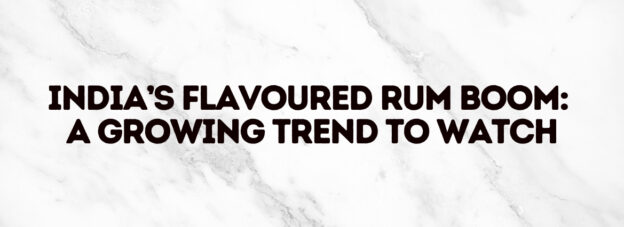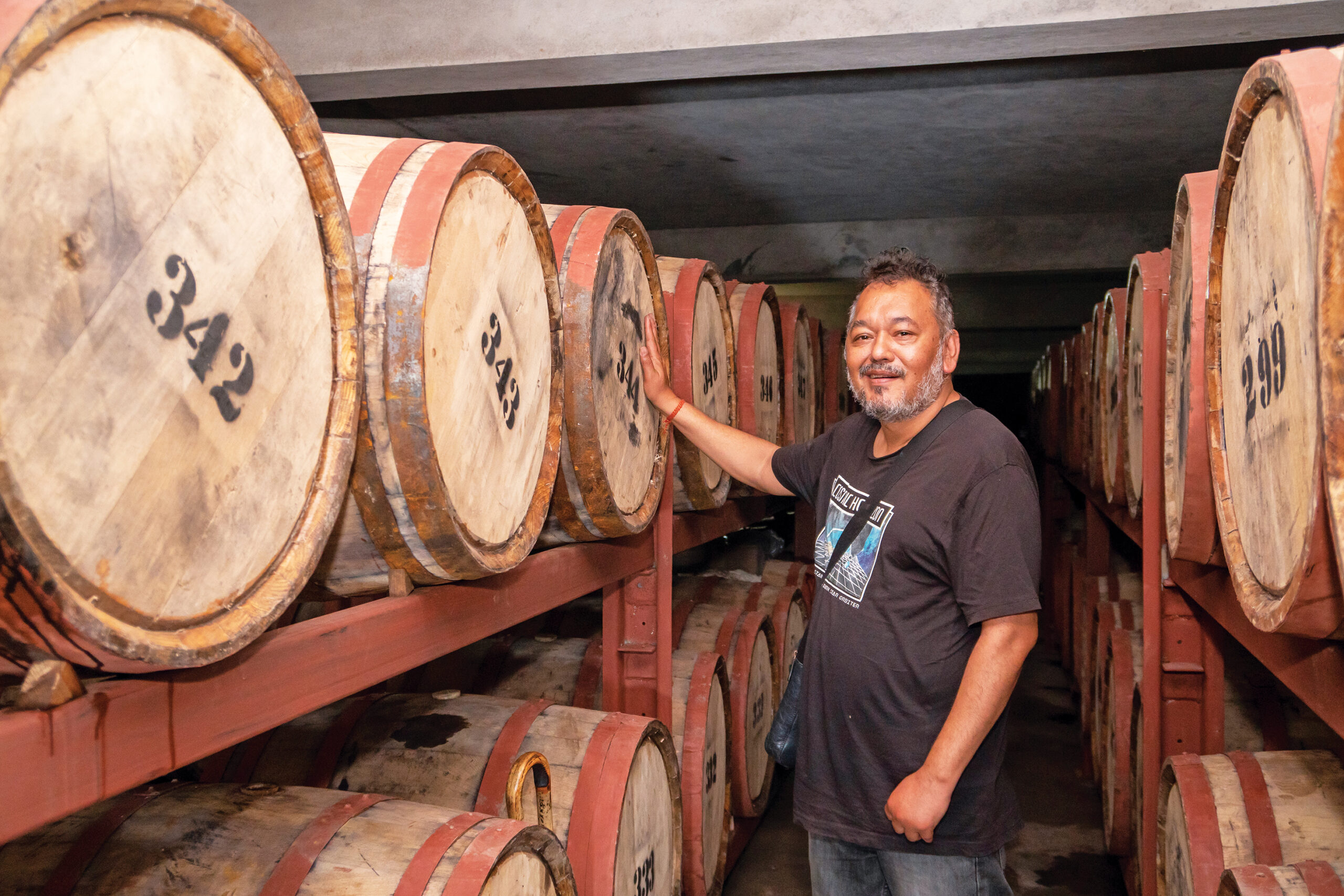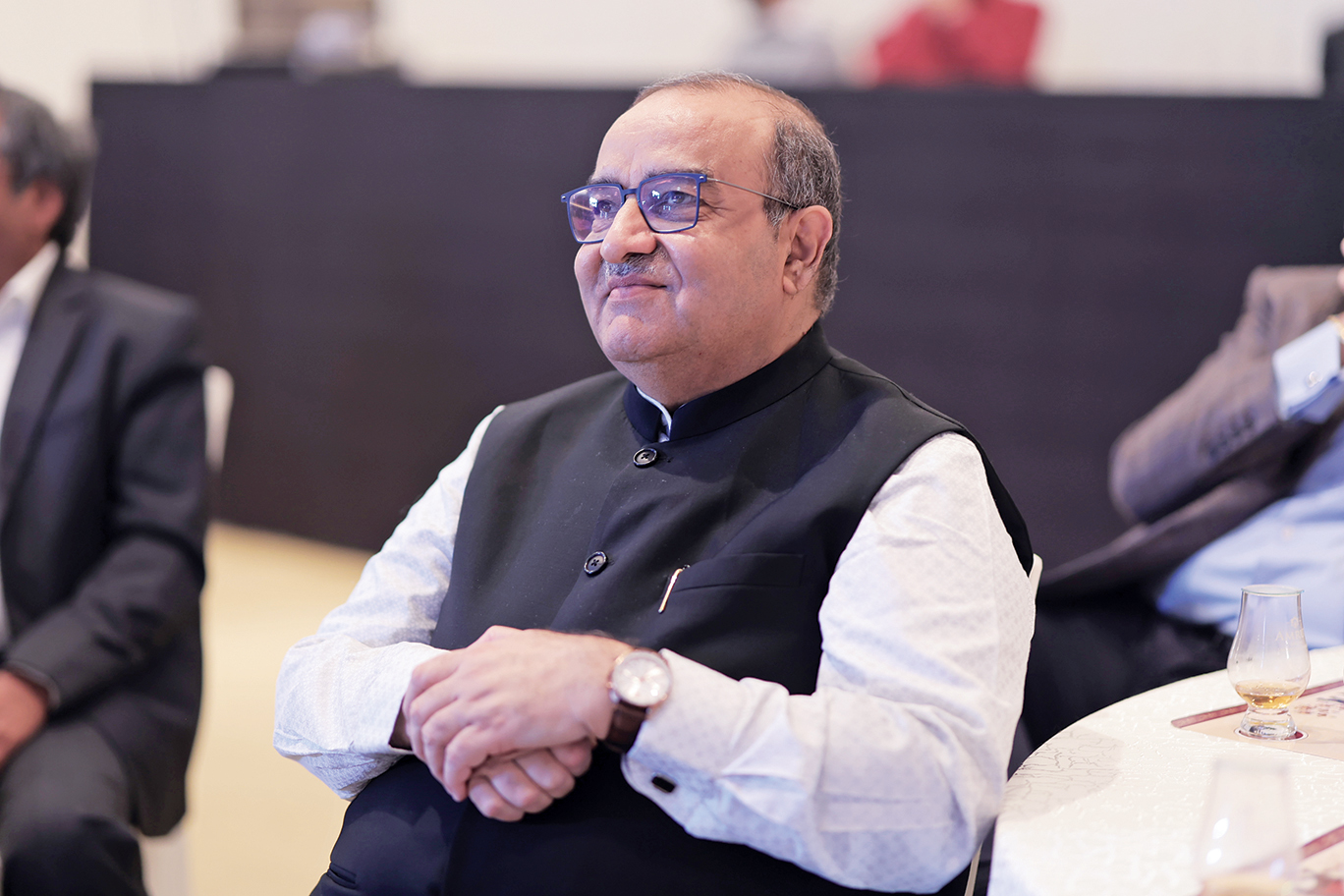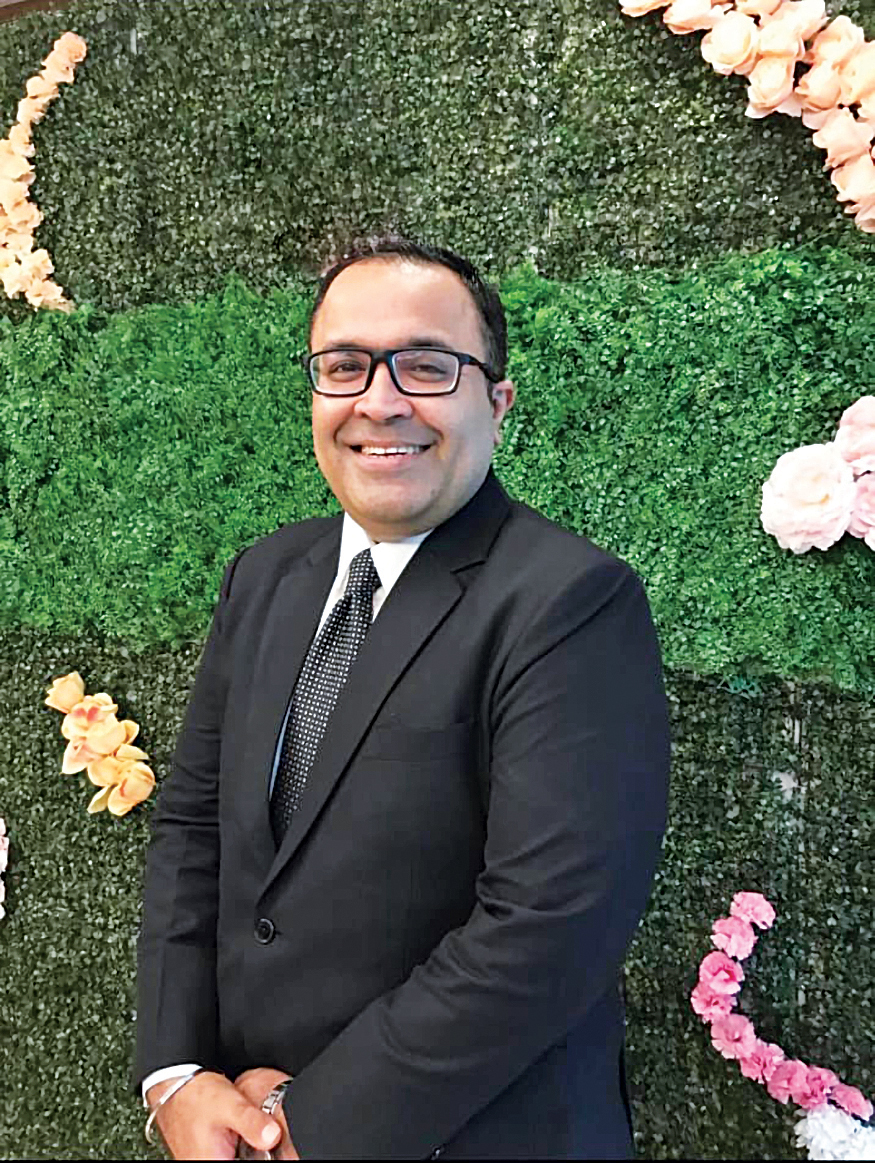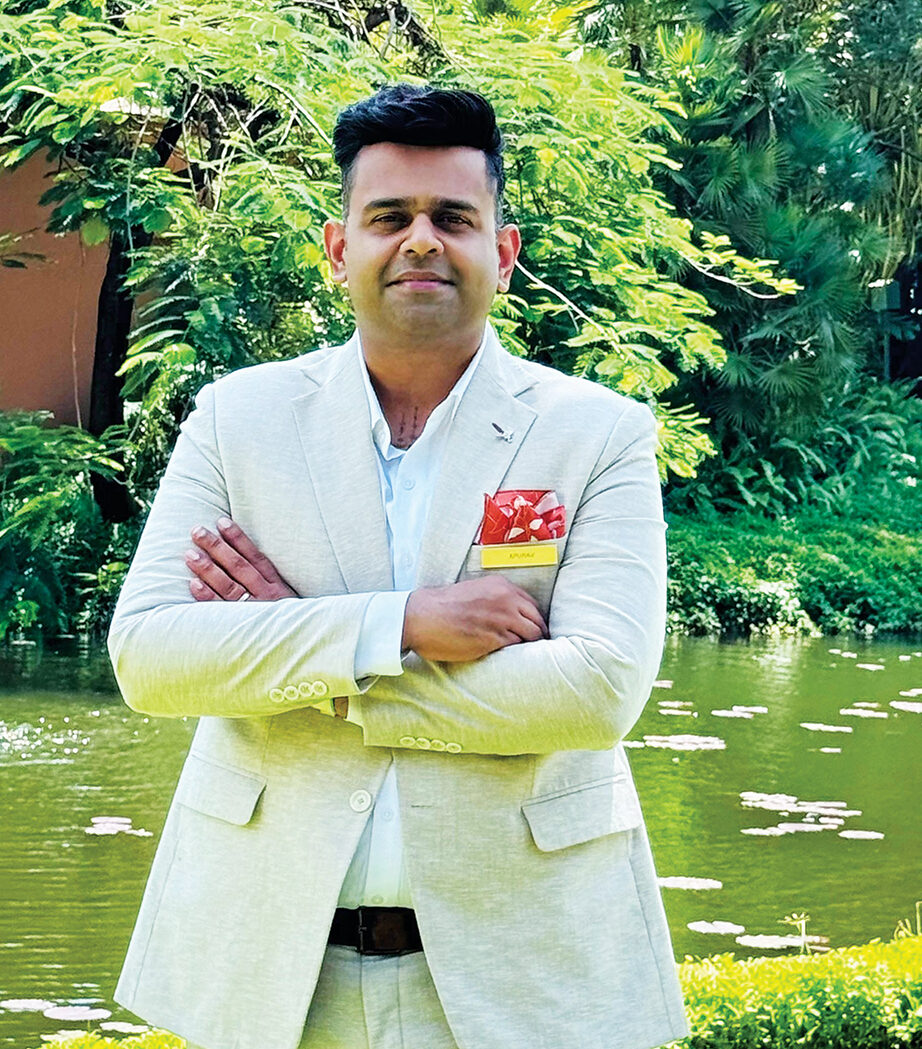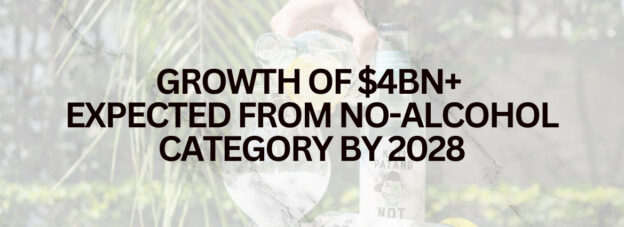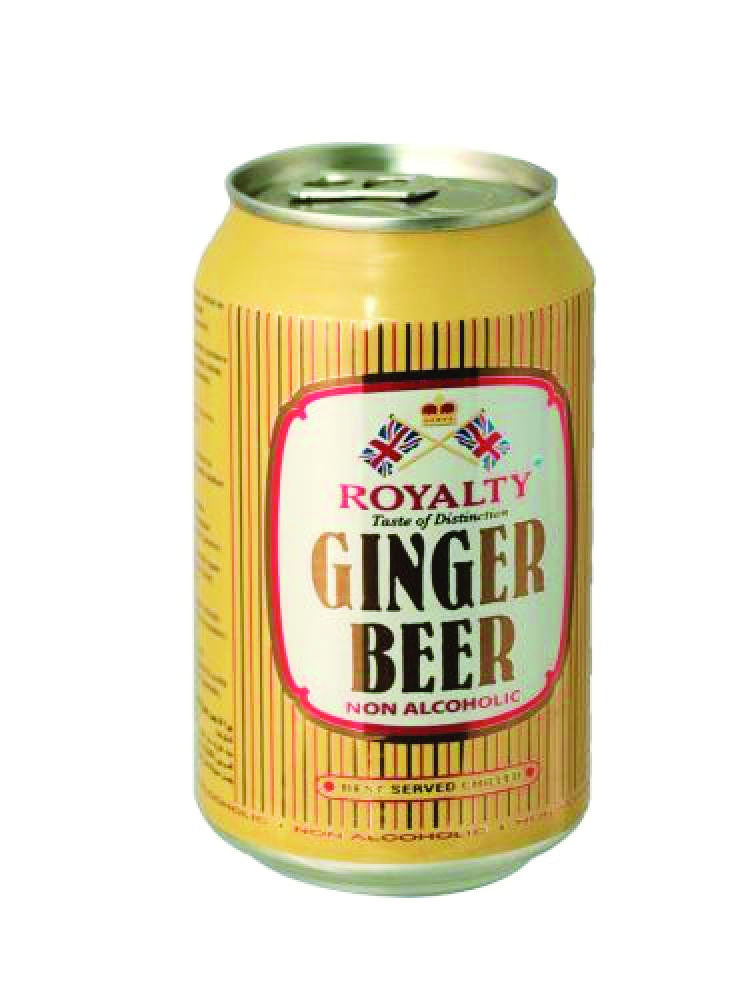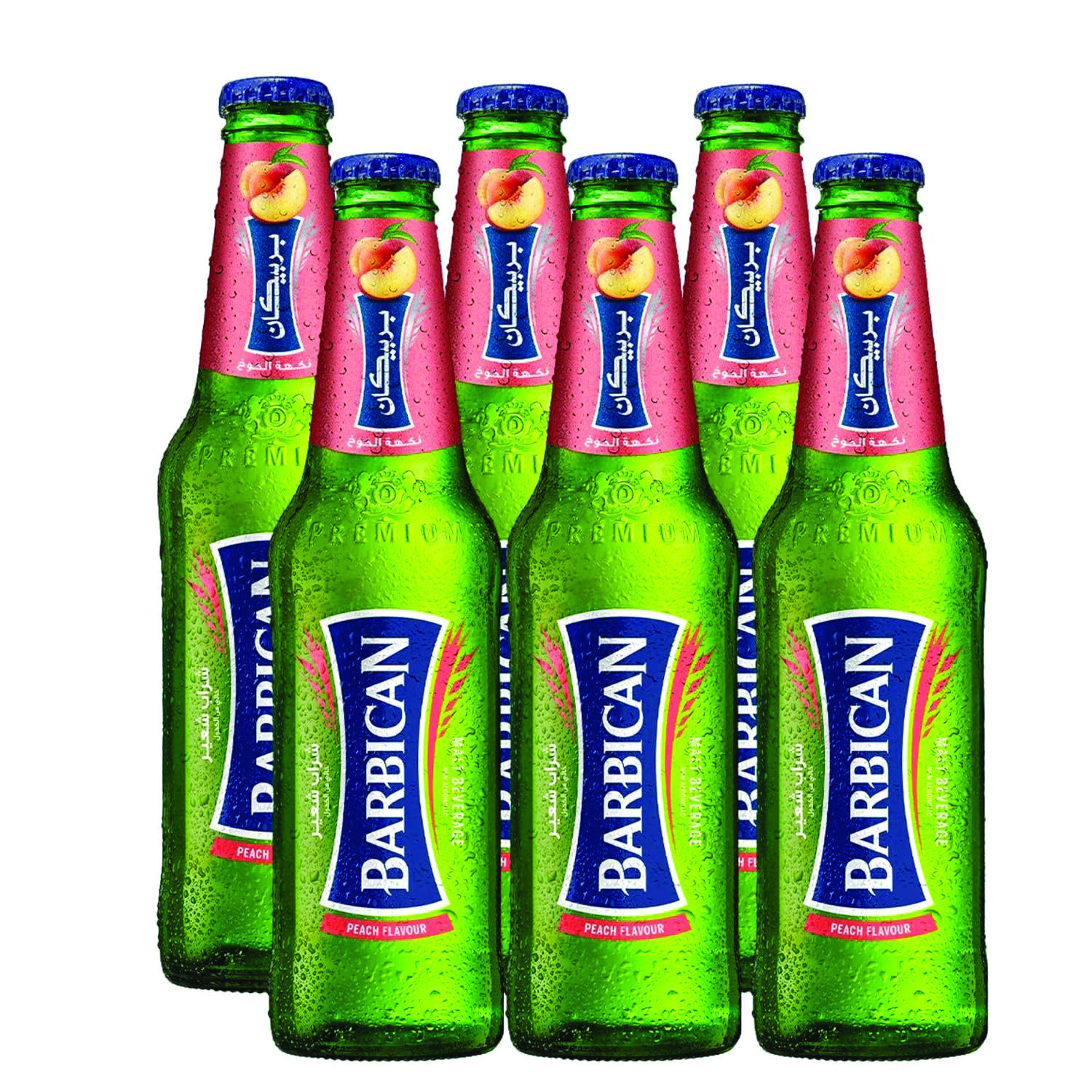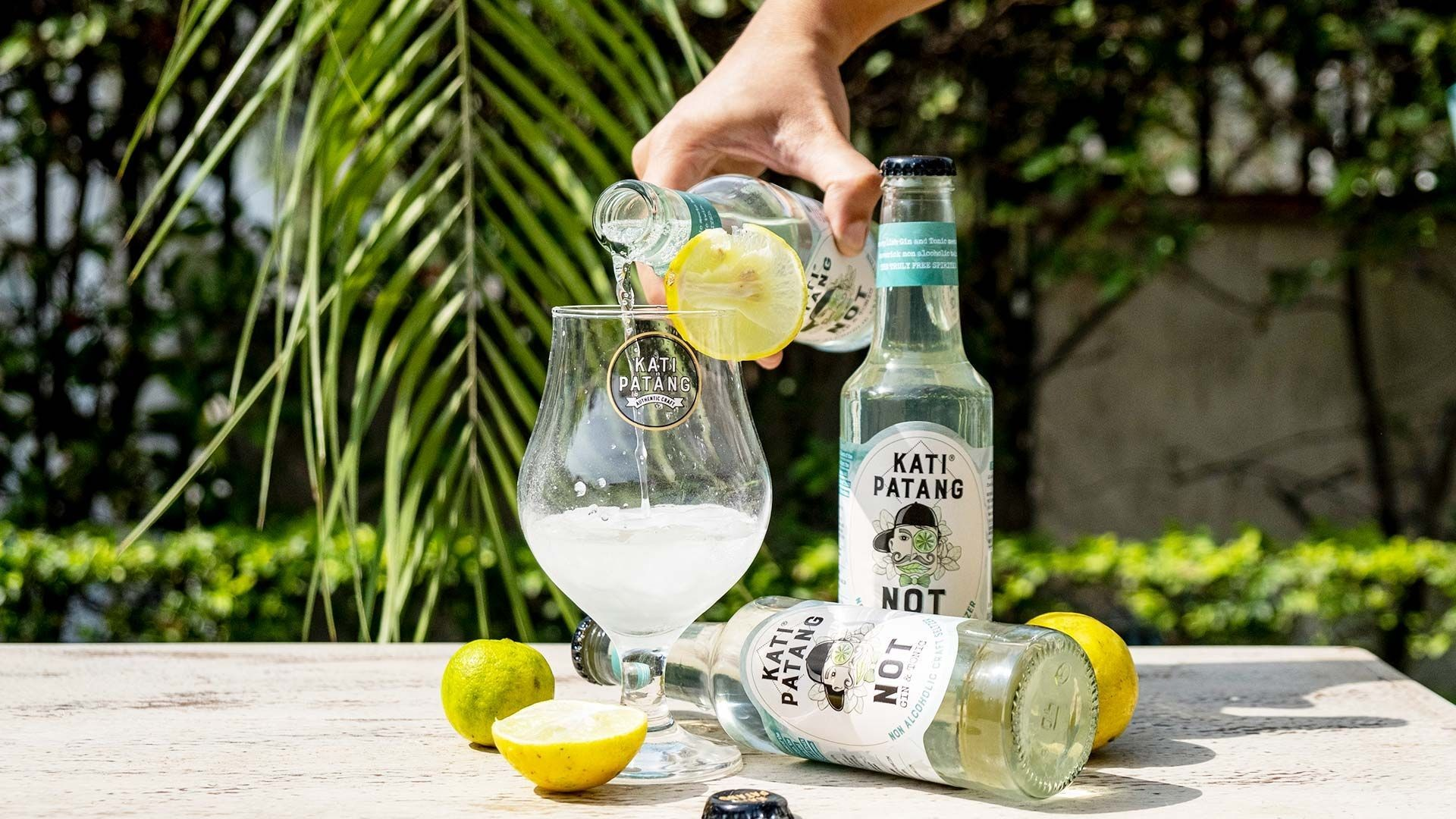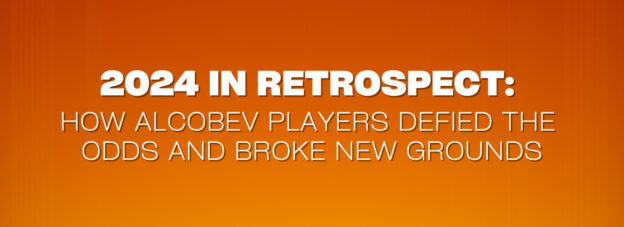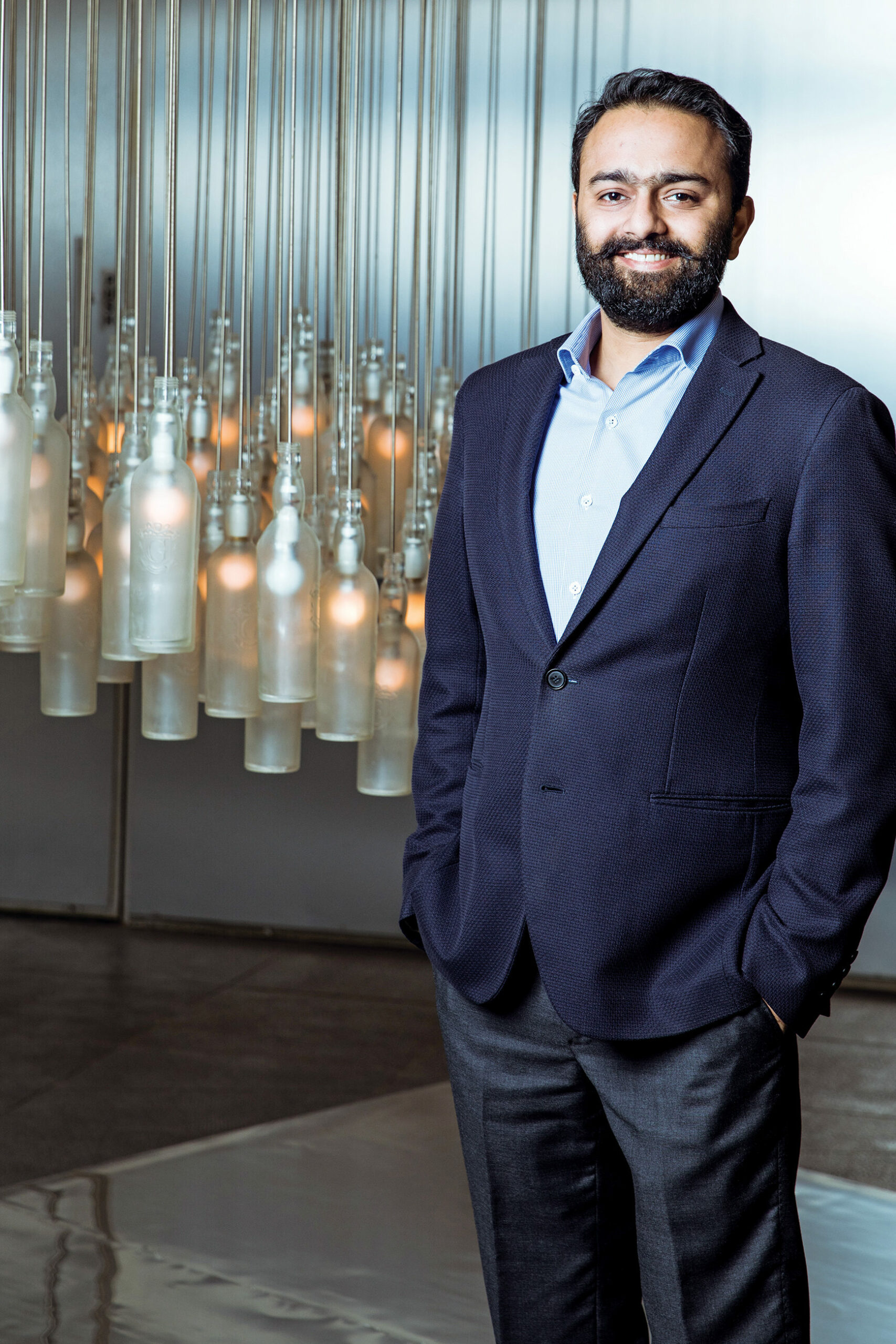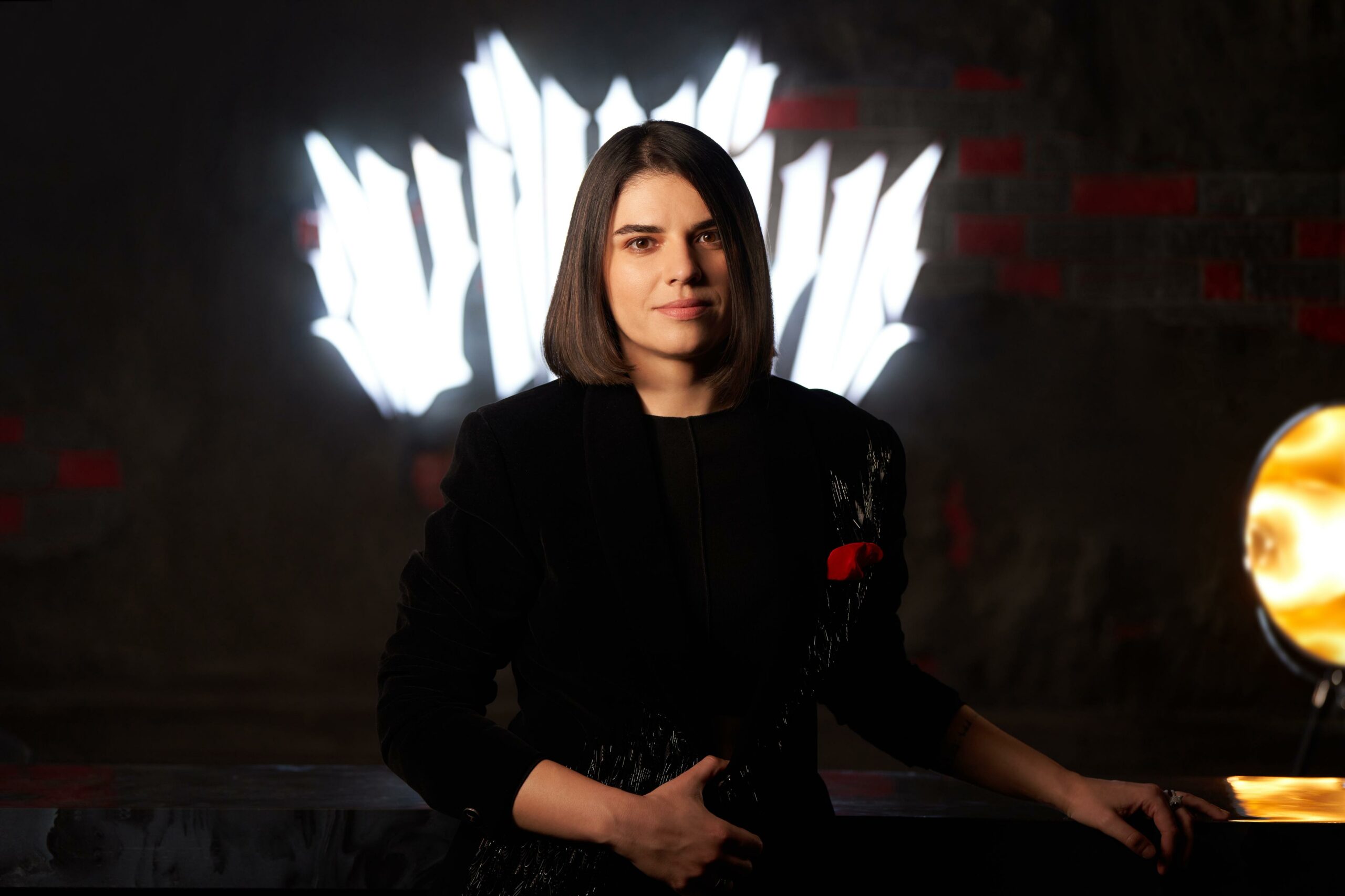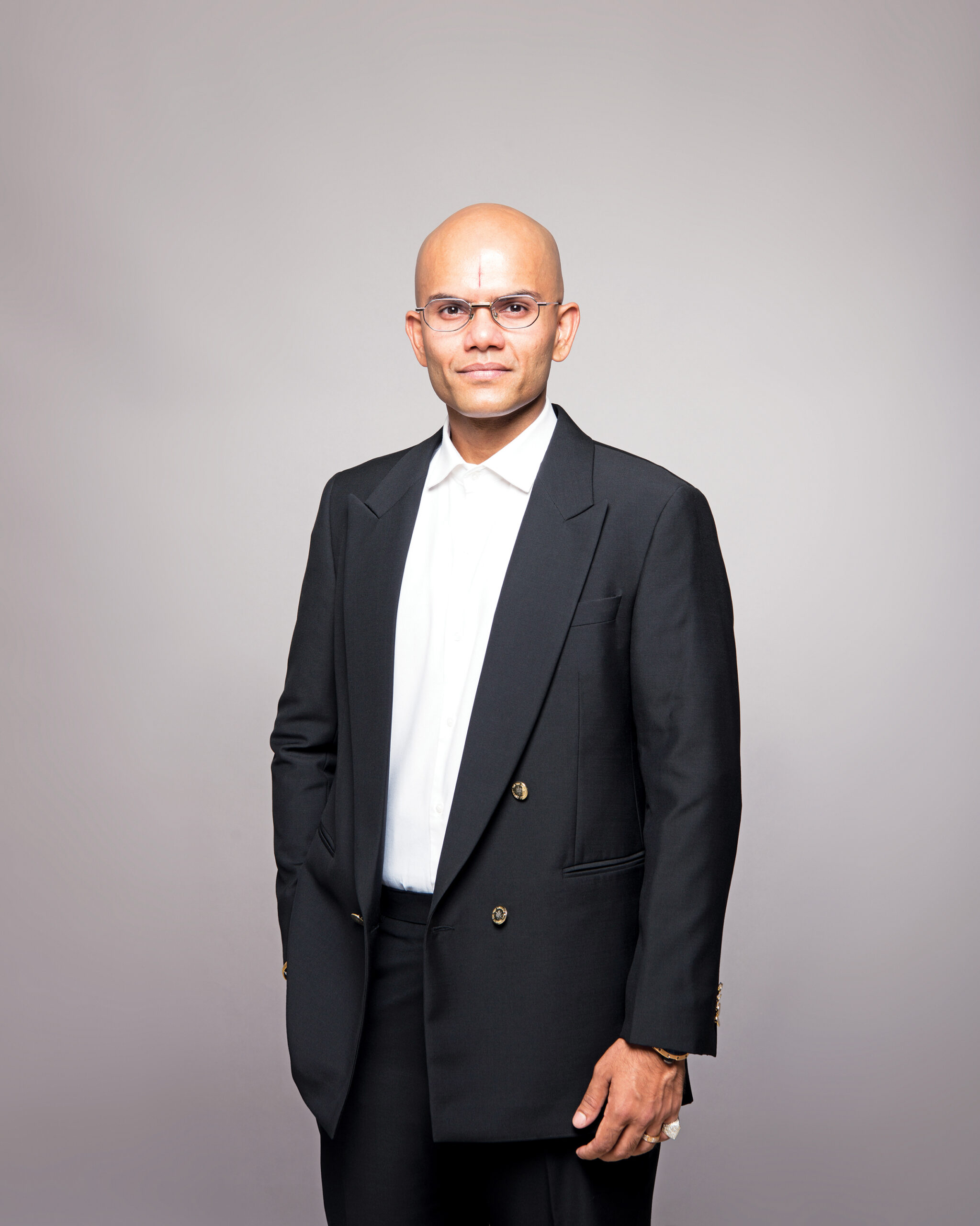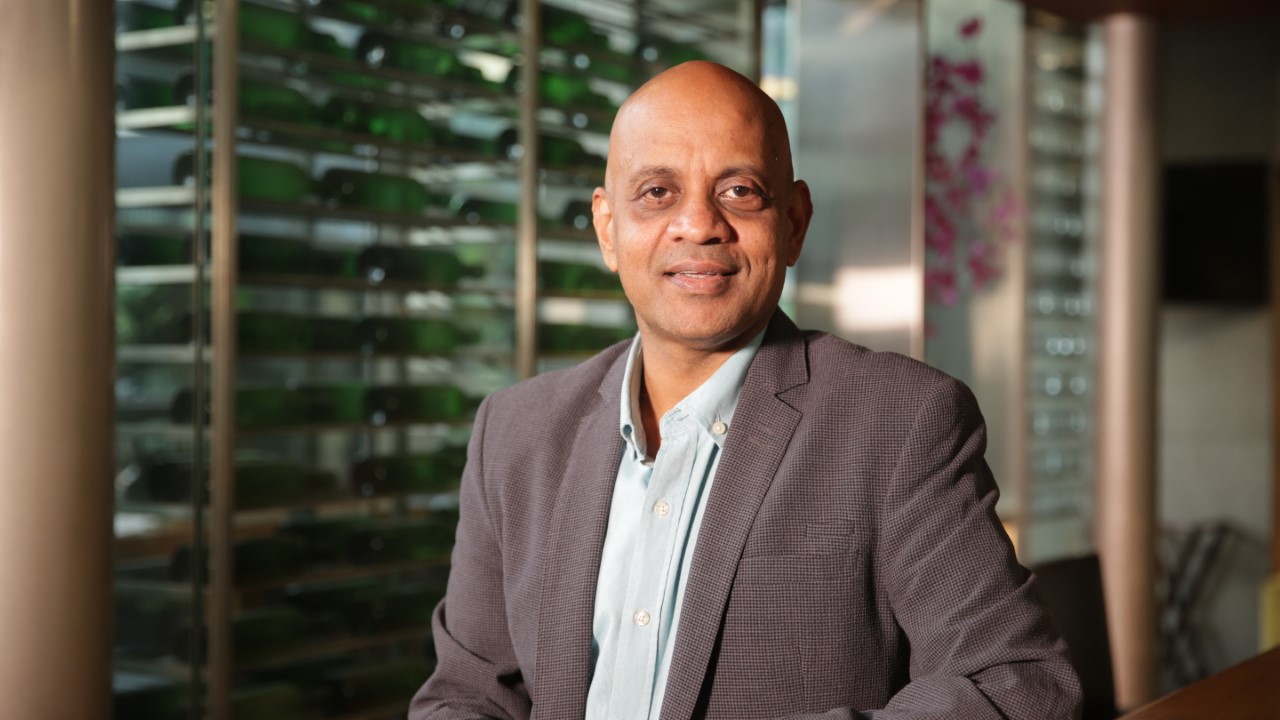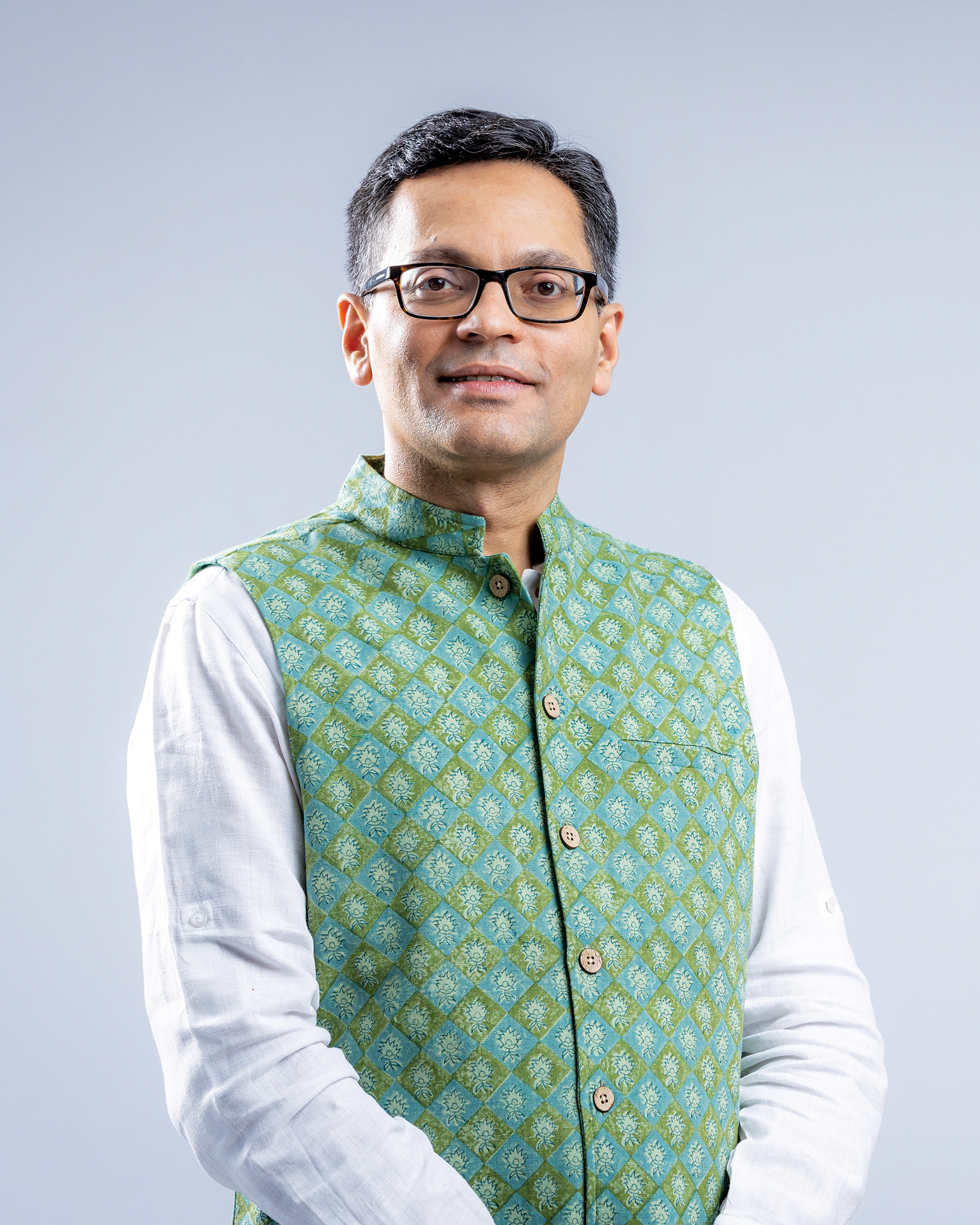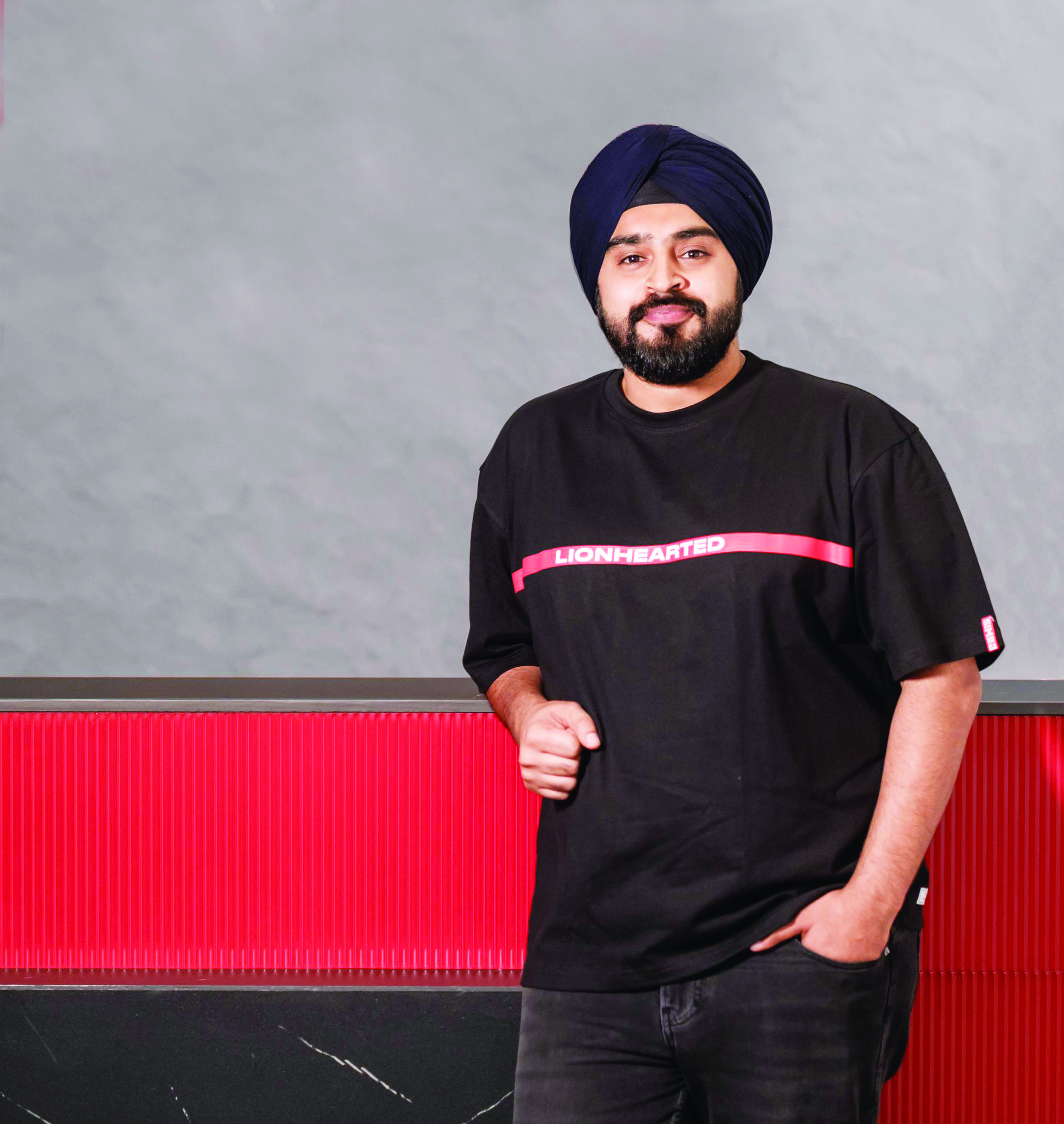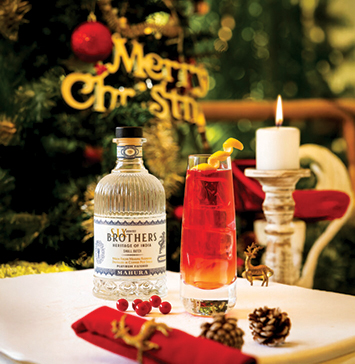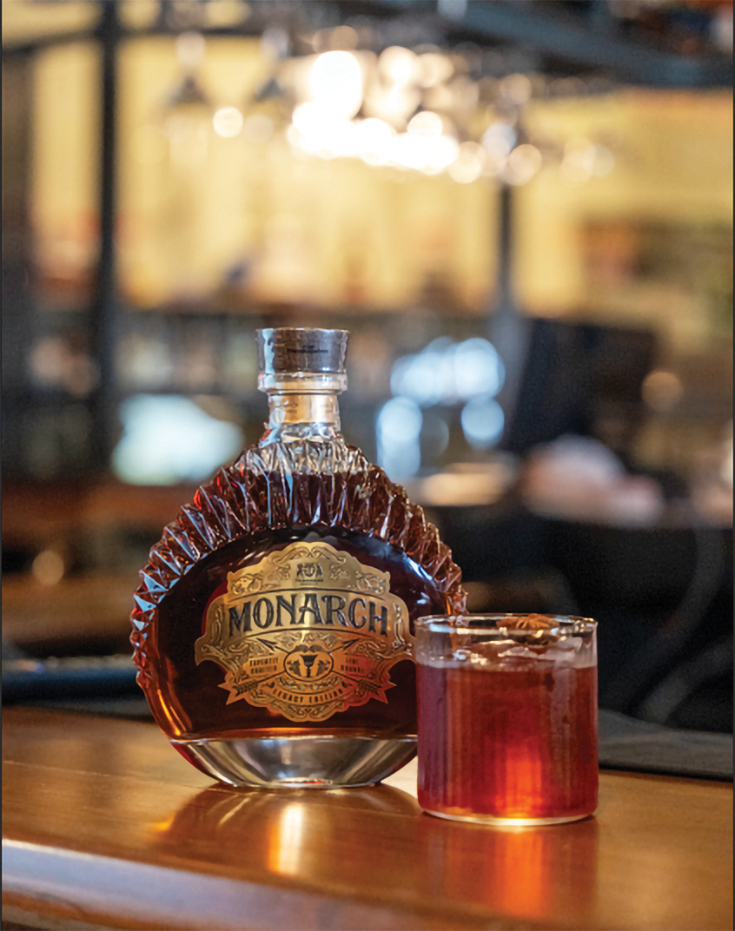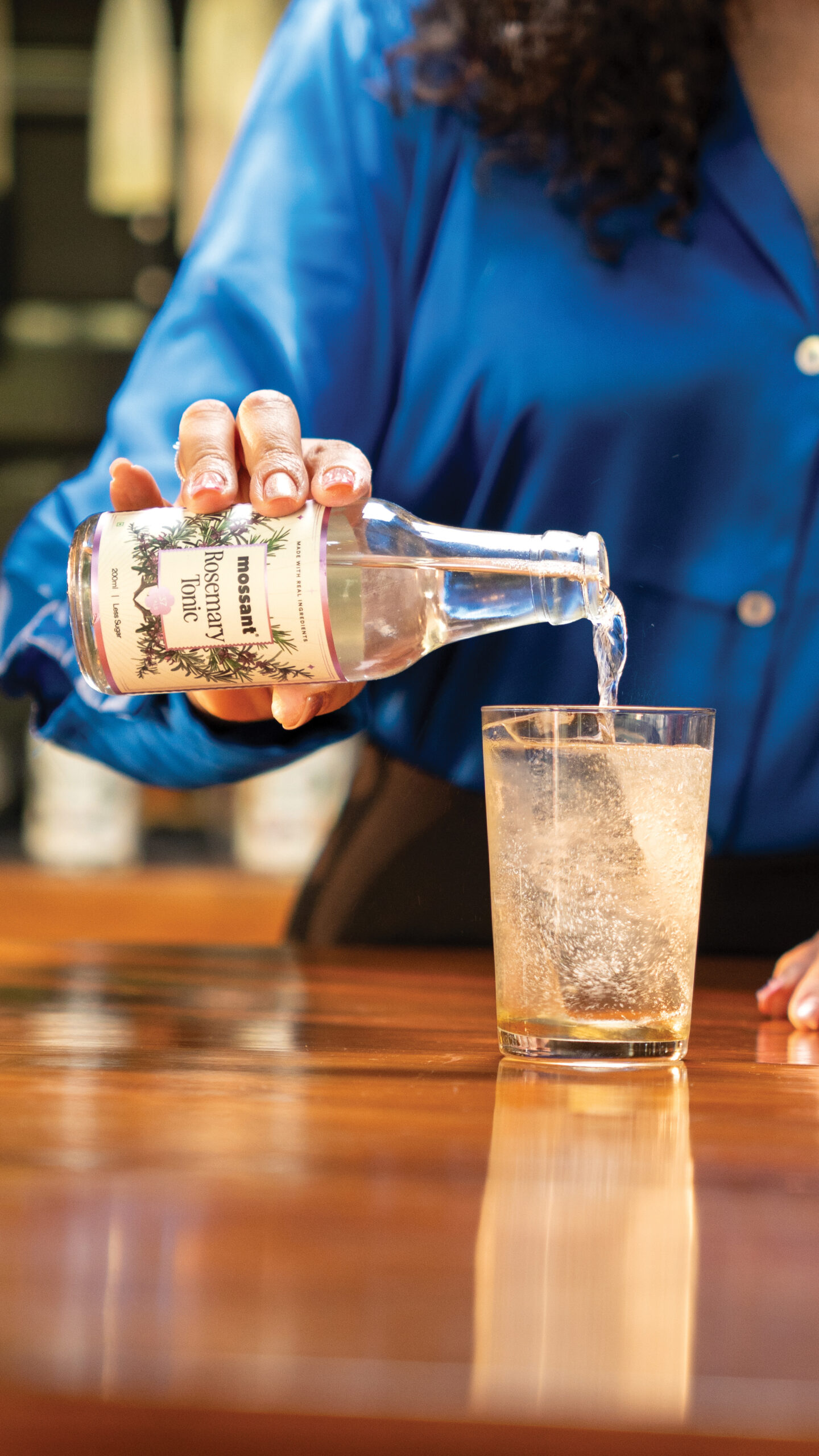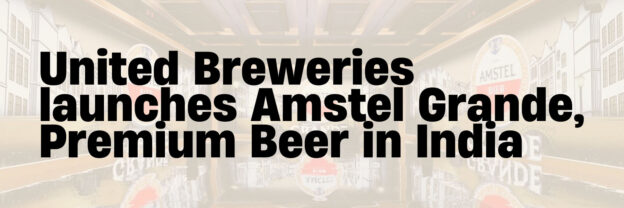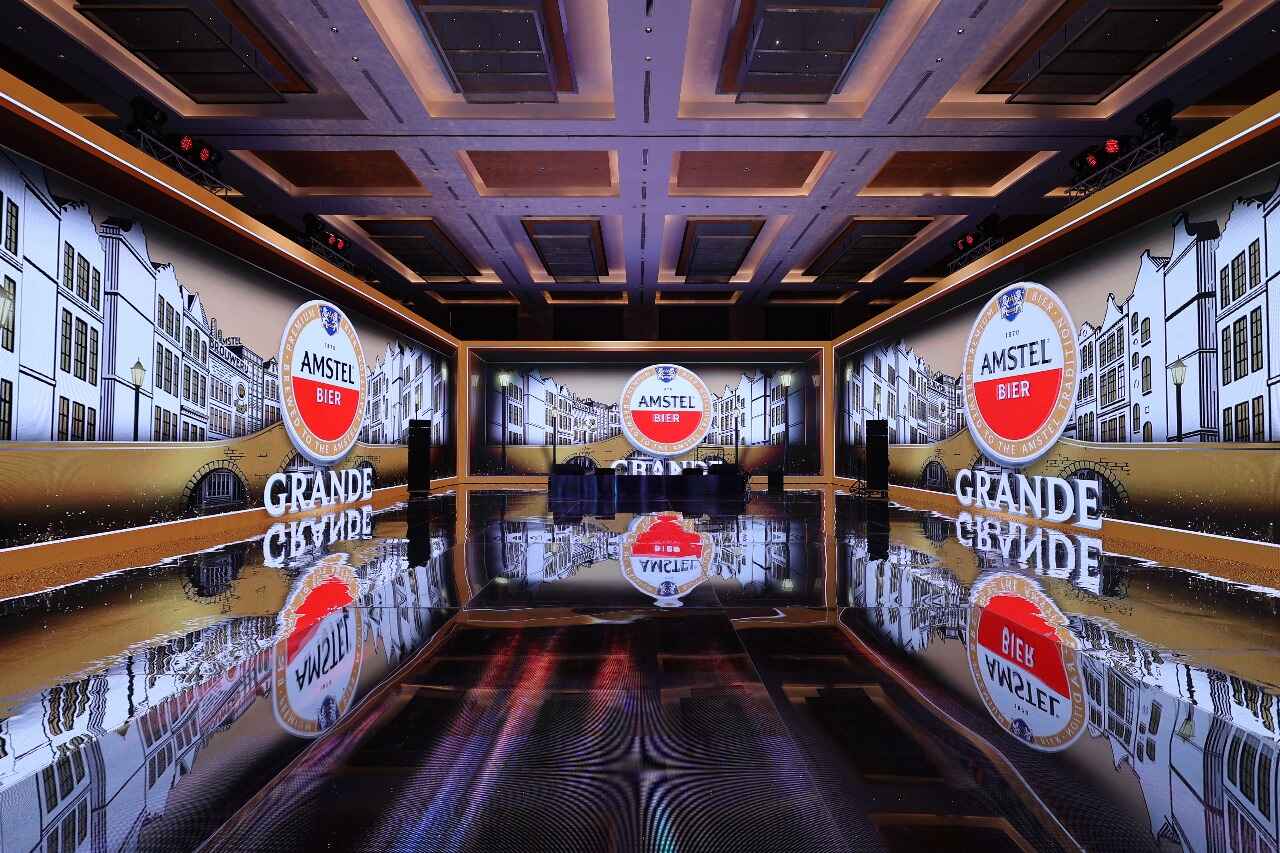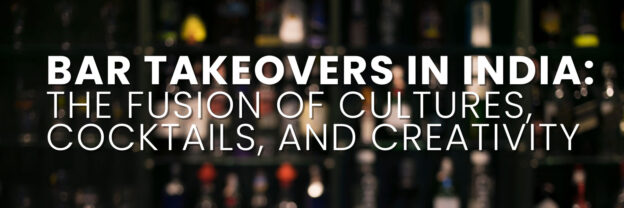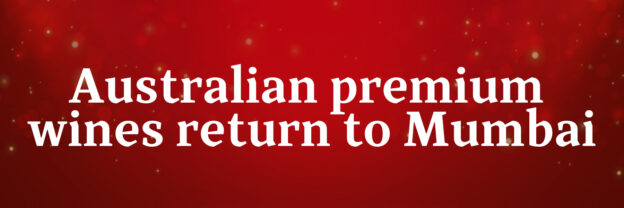The spirits industry continues to be male-dominated, the reasons for that are many, including the taboo attached to drinking in some societies. But with premiumisation, responsible drinking, liberal society, near gender-parity, consumerism etc. the taboo is gradually disappearing. What is heartwarming is that women have broken the glass ceiling, entering the realm of the alcobev sector in varying capacities. On March 8, International Women’s Day, Ambrosia salutes these women who have dared to shatter the man-made myths. The best part is that the women force has dared to dream, creating brands that have raised the bar, so to say, in the alcobev sector.
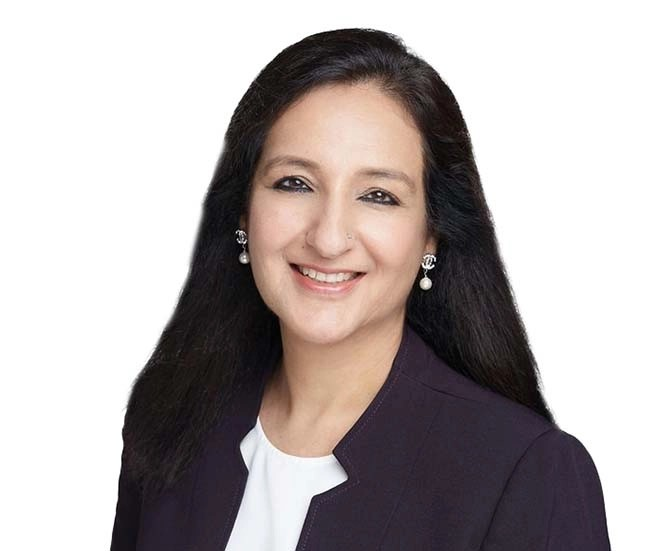
Hina Nagarajan at the helm
We begin at the pinnacle that is with Hina Nagarajan, who till recently was the Managing Director and CEO of Diageo India, and has now moved on to a higher position in Diageo’s Global Executive Committee. From April 1, 2025, she takes on a new role as President of Diageo Africa. This will be her second stint in Africa, where she previously served as Managing Director of Africa Emerging Markets. Over the past four years as MD & CEO of Diageo India, she led a passionate and dedicated team to achieve many milestones, delivering a strong financial performance, and navigated challenges in a highly regulated environment. Under her leadership, Diageo India’s market capitalisation crossed ₹1 trillion up from about ₹45,000 in mid-2021.
Prior to joining Diageo, Hina spent over 30 years in the FMCG industry and held several leadership positions at Reckitt, Mary Kay India and Nestlé India during her career. Her most recent position before joining Diageo was as Sr. Vice President, Regional Director of Reckitt, North Asia since mid-2015, leading the business operations across China, Hong Kong and Taiwan.
Hina, a product of Delhi University and subsequently from the renowned Indian Institute of Management, Ahmedabad, is an accomplished senior leader with a proven track record in business transformation and development in complex emerging markets. She has a unique and versatile experience of building high quality and growth businesses in the diverse power markets of India, China, SE Asia and Africa across several sectors (food & beverage, health & hygiene, nutrition, beauty, home décor).
As a top woman leader, she is a strong advocate of creating opportunities for women and contributes extensively to Inclusion & Diversity Programmes. Her recognitions in this area include: EMpower Top 100 Ethnic Minority Role Model Lists (2020, 2019); WeQual I&D Award Winner (2019); and Cranfield University Top 50 Women to Watch (2019).
Smart, Young Women Entrepreneurs Changing the Landscape
In post-Covid era, India has seen the emergence of women entrepreneurs like never before and in sectors which one never dreamt of. These smart entrepreneurs have shaken up the world of distilling. They include Varna Bhat, Founder and CEO of Blisswater Industries (makers of Rahasya Vodka); Sakshi Saigal, Co-Founder of Third Eye Distillery (Stranger & Sons Gin); Anjali Shahi and Lavanya Jayashankar, Co-Founders of Speakeasy Spirits (makers of Matinee craft gin); Kasturi Banerjee, Founder & Director of Stilldistilling Spirits India (makers of artisan rum Maka Zai); Yoginee Budhkar and Ashwini Deore, Co-Founders, Cerana Meads; Devika Bhagat, Co-Founder of AdventuristSpirits (makers of Tamras craft gin); Karishma Chandy, Co-Founder of Happenstance Beverages (Pitbull Rum); Nidhi Kedia of Nisaki Gin. The list keeps growing.
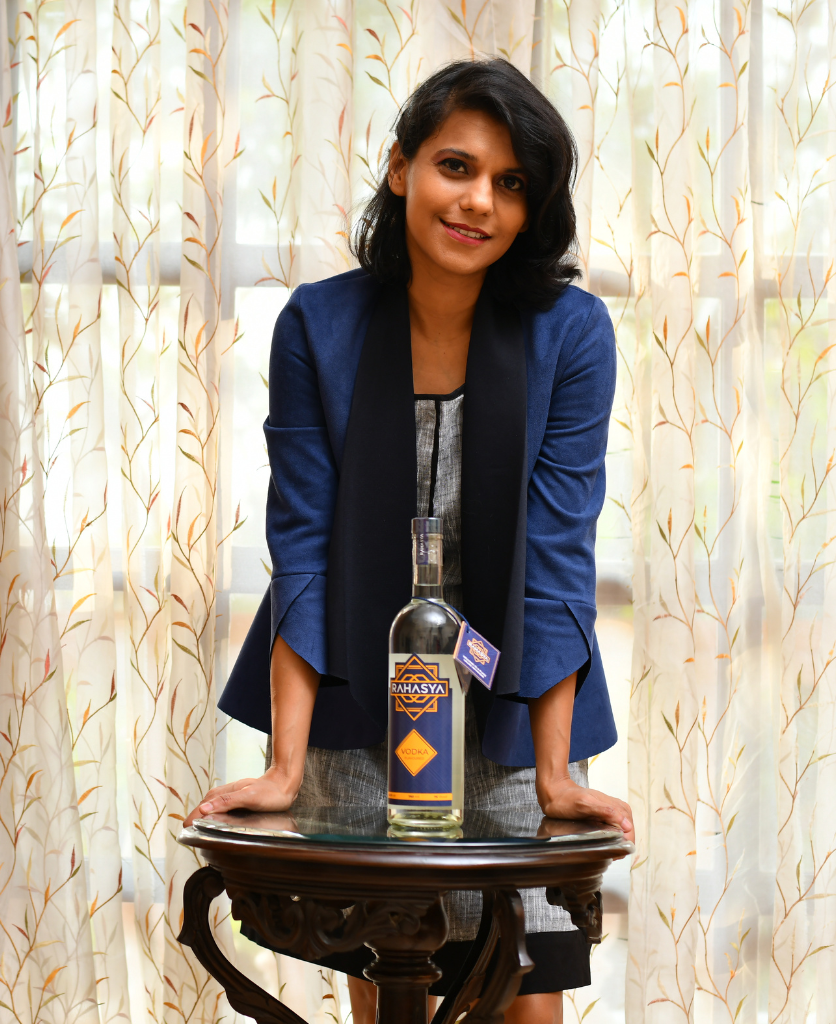
The Rahasya of Varna Bhat
Varna Bhat is a dynamic and visionary entrepreneur with over a decade’s experience in brand building, scaling, and communication across diverse industries, including beverages, fashion retail, electronics, sports leagues, and jewellery. Today, she is a serial entrepreneur having founded three companies (including Blisswater) in less than a decade of a sensational entrepreneurial journey. Her parents wanted her to be a civil servant, but she had other interests, entrepreneurship being on the top. As a Goan, something was brewing in her head and that was no secret – vodka – and in Goa it was not difficult to hit upon the right partners for distilling and bottling. Lo, born was Rahasya, a flavoured vodka which is distinctly Indian made from Indian grain with crispy notes. Varna is busy exploring overseas market.
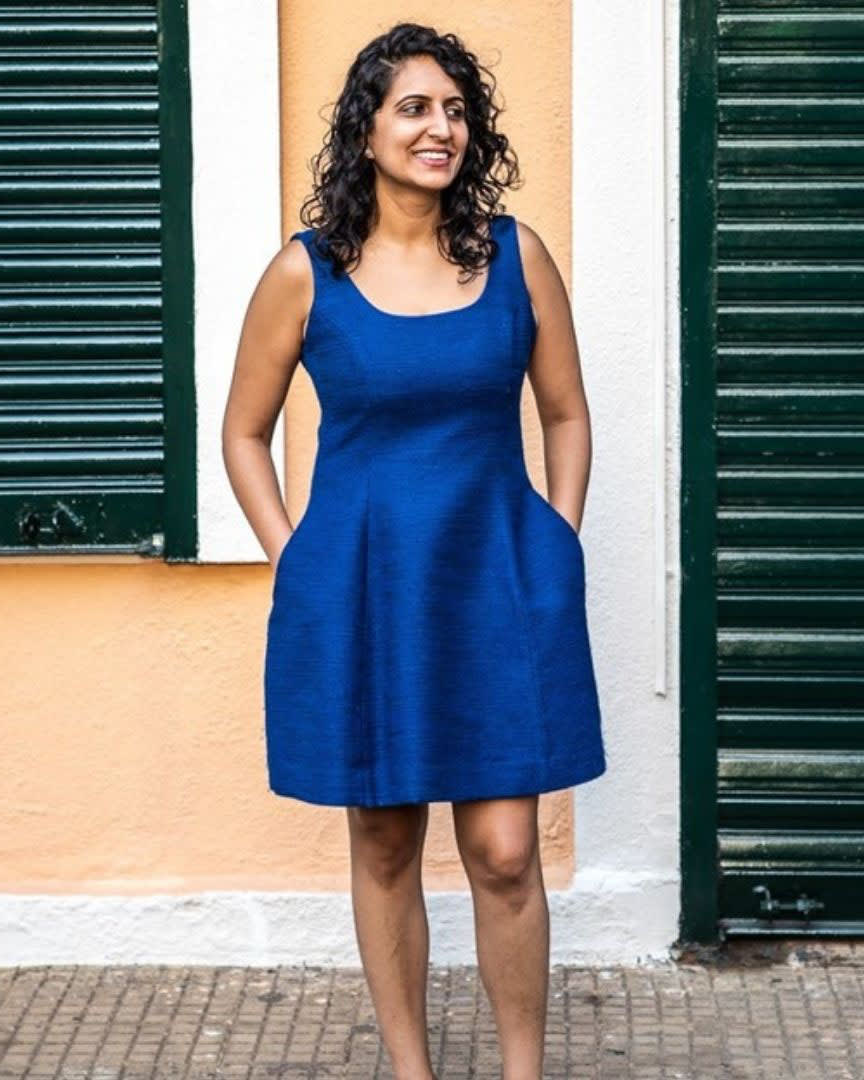
No Stranger to Alcobev, Sakshi Saigal
It was in 2018, Sakshi Saigal, her husband Rahul Mehra and her cousin Vidur Gupta teamed up to set up Third Eye Distillery, yet again from Goa, seemingly a birthing place for young and daring entrepreneurs. Sakshi’s poison was gin, more so when she was in Barcelona, Spain doing her MBA. On returning to India, she thought Indians needed the Barcelona experience of finding gin bars with consummate ease. While she did not venture into setting up a bar, she took a leap (along with her co-founders) to ensure that craft gin was easily available in the bars of the country. Thus, was born Stranger & Sons.
In an earlier interview with Ambrosia, Sakshi had given the genesis of Third Eye Distillery. “It goes without saying that we individually are not just cocktail enthusiasts, but also had access to observe the beginnings of the Gin Revolution first hand. I was working towards my MBA in Barcelona, while Vidur was studying in the UK and Rahul had just set up his craft brewery in Mumbai. While we were tasting and drinking a variety of gins every day–whether in London’s cocktail bars or the Gin Tonics of Barcelona, we were getting well acquainted with the gin landscape. That’s when it piqued our interest as to why India wasn’t up to speed with gin although gin manufacturers all over the world looked to India when it came to sourcing botanicals and we kept encountering brands based on a vision of India that we knew very well had never been a reality. This made us question why products with these botanicals are made everywhere but here. To add to this, there wasn’t any other quality homegrown product then that was conveying the story from our perspective; so, we decided to change that and embarked into a lot of research before setting up Third Eye Distillery.”
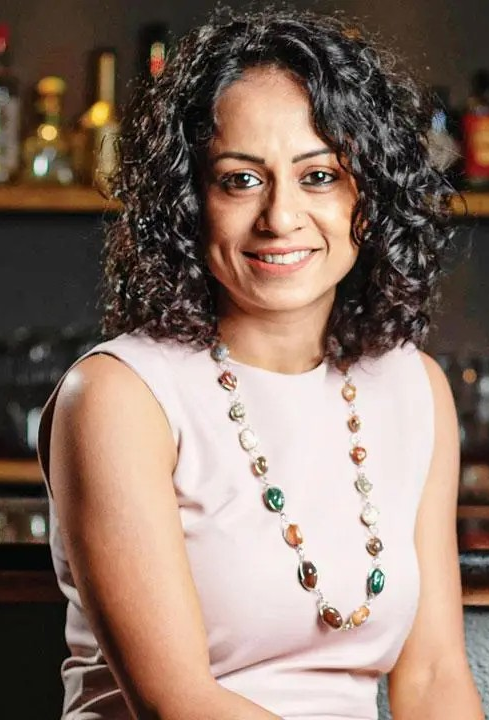
Banker-turned-Rum producer: Kasturi Banerjee
“After 16 incredible years in the financial services industry across the UK, India, and Singapore, including a 12-year tenure with Standard Chartered Bank, I took a bold leap into the alcobev industry in 2020. I didn’t just leave banking—I traded spreadsheets for stills, and numbers for nuanced flavours. Driven by a passion for craftsmanship and innovation, I founded Stilldistilling Spirits, a start-up dedicated to crafting premium, homegrown artisanal rum that’s redefining India’s spirits landscape.”
She then took up a six-month bartending course and took up an internship in a bar in Mumbai to turn her passion into a profession. Kasturi then launched Maka Zai and MESMA rum, pioneering India’s premium rum market with distribution in five states, naval canteen, duty-free outlets, and one export market. She is a forerunner in the category through relentless advocacy and on-ground activations, including tasting sessions, trade shows, and masterclasses. “Today, I’m not just building a brand—I’m crafting experiences, challenging norms, and redefining what premium rum means in India. For me, rum isn’t just a product—it’s a narrative of India’s craft potential, and I’m here to bottle that story.”
On the growing number of women entering the alcobev industry, she says “It’s great to see a steady increase in the number of female entrepreneurs entering the beverage sector, across several roles. From restaurant ownership and beverage programme leadership to bartending and spirit founders, there’s a noticeable trend toward greater equality unfolding. Over the past 12 months, both globally and here in India, we’ve witnessed remarkable progress. Opportunities are becoming more accessible to all, and recognition is being rightfully extended regardless of gender.”
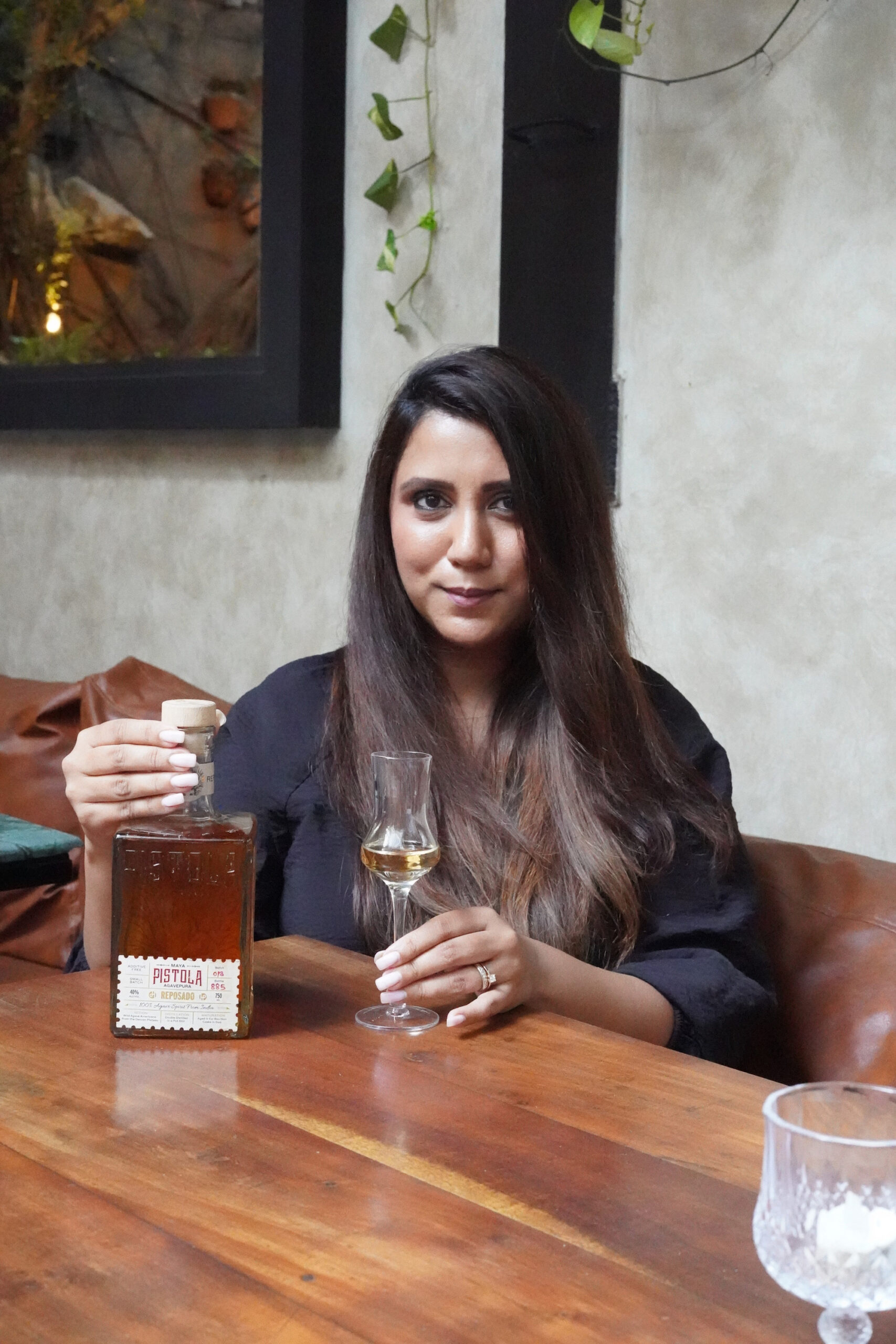
Reshaping Perceptions of Agave: Kimberly Pereira
Kimberly Pereira, Chief Operating Officer at Maya Pistola Agavepura (Pistola), has played a key role in the brand’s growth since its launch in 2021. Having spearheaded its popularity across the country, she embodies the spirit of Pistola as a torchbearer for Asia’s first premium aged 100% Agave spirit. Her passion for the brand steers her efforts in all aspects of the business, from production to distribution, as she continues to create a niche for Pistola in the world of spirits.
Kimberly’s tenure at Pistola has been marked by her ability to shape the company’s strategic direction and expansion plans. From her initial role as Sales Manager – Goa (2021-22), and Brand Ambassador (2021-23), to her current position as Chief Operating Officer, she has played a pivotal role in the brand’s evolution and establishment nationally. Her current focus lies in popularising the relatively unknown spirit to the Indian beverage market, presenting it as a refreshing, wild, and authentic alternative to global tequila culture. By reshaping perceptions of a premium, 100% agave and earning the moniker ‘Agavepura’, she is actively creating new avenues of growth through tasting experiences and educational sessions, aimed at enlightening connoisseurs and beverage enthusiasts about the diverse variants of Pistola.
Kimberly’s extensive experience in hospitality, brand management, and the services sectors has fuelled her passion for creating authentic and memorable customer experiences, a principle she holds dear in her role at Pistola. Her international travels and her love for offbeat bars, craft spirits, and unique cocktails have enriched her understanding of the global beverage landscape, further enhancing her ability to cater to the diverse tastes and preferences of the brand’s customers.
Born and raised in Kuwait, and having studied in India and abroad, she has experienced different global cultures during her extensive travels. Outside work, she enjoys hosting friends and family over a home-cooked meal, long drives, photography, or a lazy day at the beach.
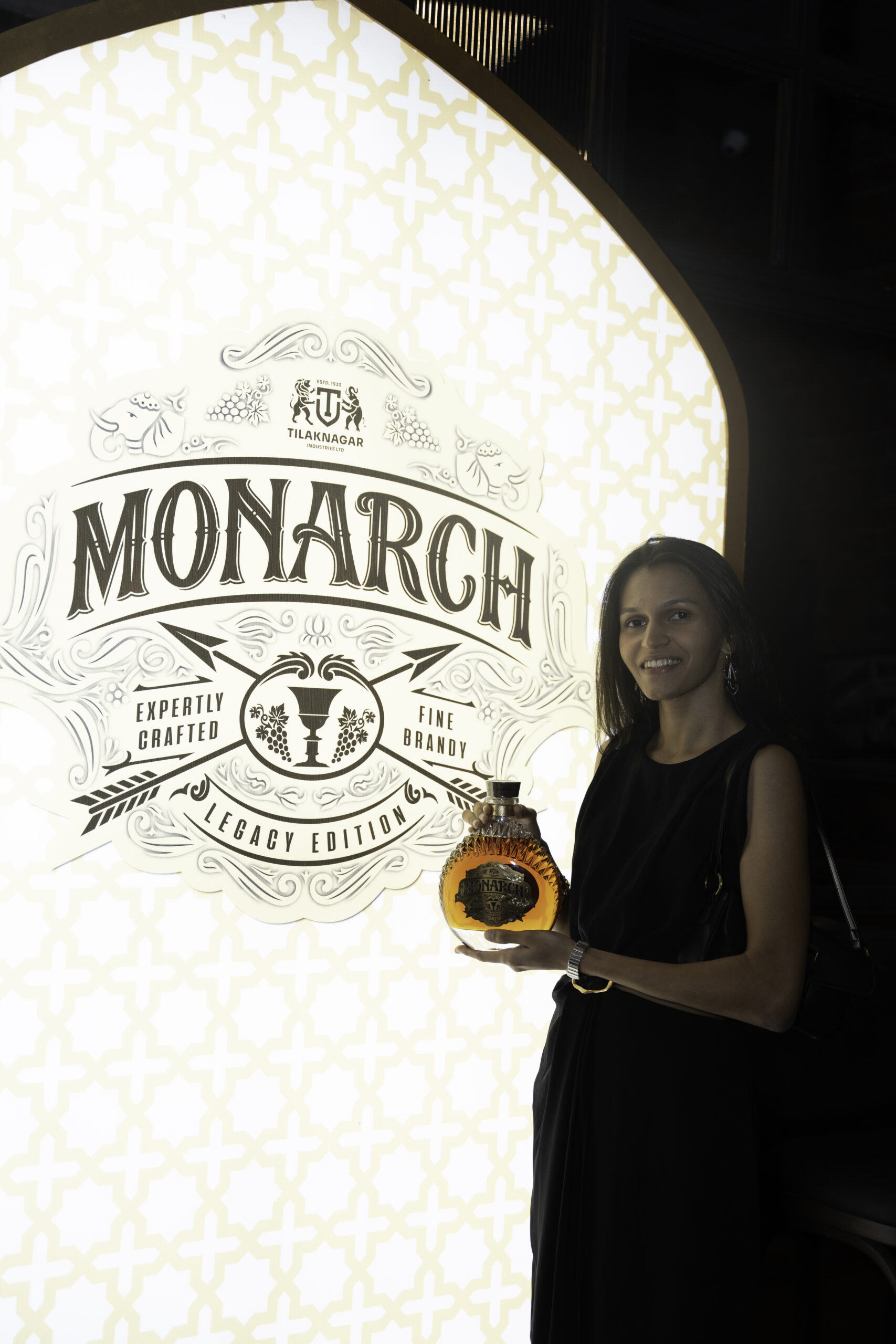
Taking the family legacy forward: Sanaya Dahanukar
Sanaya Dahanukar is a dynamic marketing professional at Tilaknagar Industries Ltd. (TI), India’s leading brandy company. As the fifth-generation member of the Maharashtra-based Dahanukar family behind TI, Sanaya brings a blend of legacy and modernity to the company.
She has been an integral part of the organisation for the past two and a half years, working closely with her father, Amit Dahanukar, the Chairman and Managing Director of Tilaknagar Industries. Sanaya’s entry into the family business followed her graduation from the University of California, Berkeley, where she majored in Economics and minored in Philosophy.
Sanaya’s passion extends beyond marketing, as she has also delved into the art and science of alcohol making and blending. She successfully completed the Wine and Spirits Education Trust (WSET) Level 2 course, further deepening her expertise in the industry.
In her role, Sanaya is hands-on in all aspects of marketing, from naming and packaging to brand communication and the execution of campaigns. She is deeply involved in driving Tilaknagar’s new product development strategy, collaborating closely with the blendmaster to shape the next generation of offerings. Aimed at elevating TI’s presence in the premium and luxury segments, Sanaya plays a pivotal role in strengthening the company’s flagship brands and expanding its portfolio. Her contributions reflect her commitment to blending the company’s rich 90-year legacy with innovative strategies for the future.
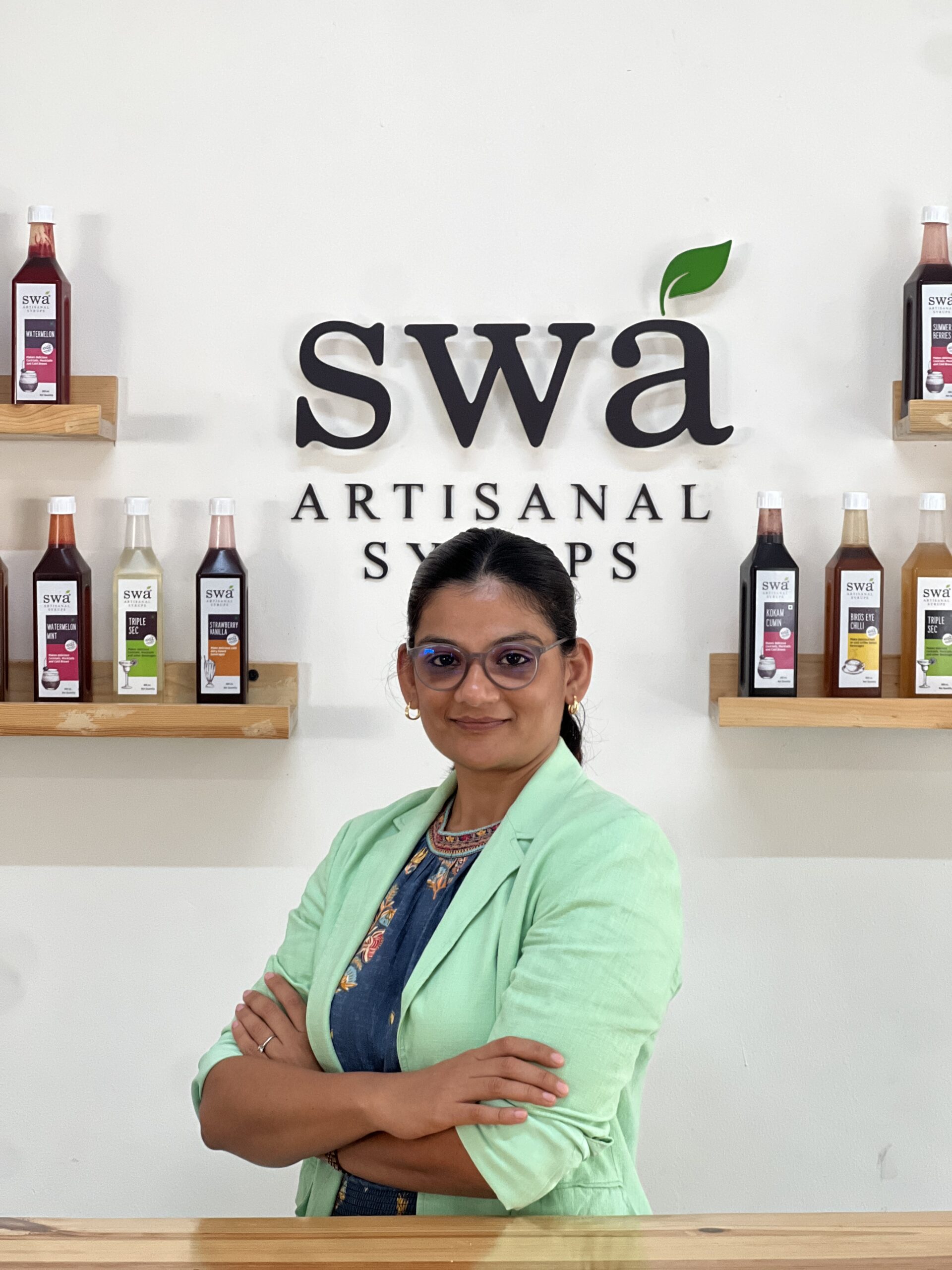
Swa, Handcrafted by Women: Vaishali Mehta
Vaishali’s journey is a testament to resilience, innovation, and purpose. A proud Gujju born and raised in Kolkata, she grew up in a family where conversations about food and flavours were as central as the meals themselves. With an MBA from Symbiosis University and a successful career in advertising, she honed her skills in building brands and relationships.
Her entrepreneurial spark ignited during her stint with a startup in New York, where she was captivated by the fresh, natural ingredients used in beverages. However, the joy of accessing fresh Alphonso mangoes in the U.S. turned bittersweet upon her return to India, where artificial, preservative-laden syrups dominated the market, even in a country abundant with natural produce!
Determined to change this, she set out to create something of her own – something that would not only celebrate India’s rich ingredients, but also uplift women. Thus, Swa Artisanal Syrups was born. With a focus on natural, preservative-free syrups handcrafted by women, Swa embodies authenticity and empowerment. Vaishali’s dedication to providing skill upliftment and financial independence to marginalised women has made Swa’s production facility a thriving, women-led hub. Under her leadership, Swa has partnered with some of India’s top F&B brands and become a favourite among consumers for its unique, naturally delicious syrups.
Vaishali’s passion lies in creating products that delight customers and solve real industry problems, all while fostering an inclusive, supportive workplace. Whether it’s mixing drinks or building her team, Vaishali ensures Swa is always on the right track – speeding ahead with purpose and heart.
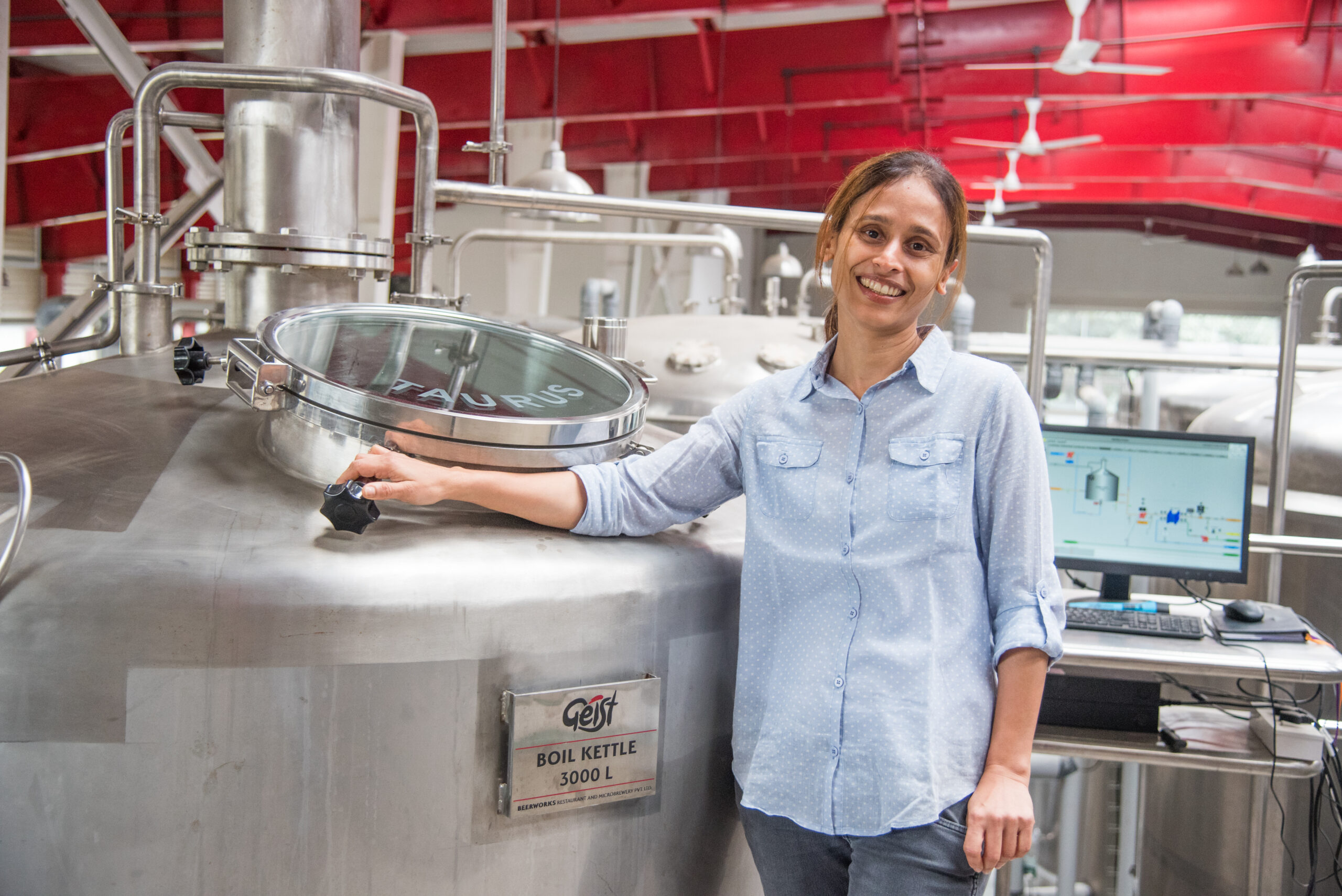
From Programmer to Head Brewer: Vidya Kubher’s journey
Vidya Kubher’s journey to becoming the Head Brewer at Geist Brewing Co. reflects a blend of curiosity and adventure. Initially driven by a love for craft beer as a consumer and a desire to delve deeper into the world of beer, her enthusiasm for the beverage has only grown as she has explored new styles and brewing techniques over the last 13 years.
Prior to beginning her career as a brewer in Bangalore, Vidya lived in Chennai and worked as a programmer at a mutual fund company before joining an auto ancillary business. Vidya would often drive down to Bangalore for work between 2008-2011, which is when she developed a keen interest in beer and began a personal quest to sample as many different brands and styles as she could.
Incidentally, one of these discoveries was Geist beer (which at that time was manufactured and bottled in Belgium using a reverse outsourcing model). Further, travelling to countries like Germany -particularly Munich, for its famed brewing culture – and Belgium over the course of a few years gave Vidya significant additional exposure to this particular beverage category.
Through her conversations with local brewers and other industry professionals during these trips, Vidya realised that various aspects of brewing were interesting to her and a brewing career became the logical next step. Vidya enrolled in a well-regarded and comprehensive brewing technology course: Siebel Institute’s World Brewing Academy Master Brewer Program. The dual-country course across the Siebel Institute in Chicago, USA, and the Doemens Academy in Munich, Germany gave Vidya insight into two distinct brewing cultures, which she credits for giving her a well-rounded and balanced foundation. To hone her skills and gain some hands-on experience, Vidya also spent time training at various breweries and a yeast lab in Europe before making her way back home.
She started working with Geist Brewing Co after reading about their brewery in Bangalore and intentions to set up a yeast lab. Her initial role as a brewer got her involved in Geist’s microbrewery operations at two brewpubs in the city between 2012 and 2016 before becoming responsible for overseeing beer production at the brand’s 10,000 sq. ft distribution brewery – South India’s first – once it was set up in 2017.
As Head Brewer at Geist Brewing Co., Vidya spends her time on various activities such as creating recipes, managing various aspects of brewing and the yeast lab, working on production schedules and even contributing to events. Since 2017, Vidya and her team have been responsible for brewing 40+ different craft beers.

Shaping India’s Cocktail Culture: Minakshi Singh
With 18 years in the alcobev and hospitality industry, Minakshi Singh has played a key role in shaping India’s cocktail culture. She co-founded Cocktails & Dreams Speakeasy in 2012 with Yangdup Lama, followed by Sidecar in 2018, which is recognised among the world’s best bars. Most recently, she launched The Brook, further expanding her impact on the industry.
Her career began with leading global spirits companies like Pernod Ricard, Diageo, and Tulleeho, where she gained deep expertise in beverage strategy and brand-building. Beyond hospitality, she co-founded Drinks India Company, a consulting firm focussed on elevating beverage programmes, and BHUMI, a farm-to-table initiative championing sustainability and local sourcing.
As a co-founder of India Bartender Week (IBW), Minakshi is committed to fostering a strong bartender community through mentorship, knowledge exchange, and industry collaboration, strengthening India’s standing in the global cocktail scene.
In the beginning there was Mead: Yoginee Budhkar & Ashwini Deore
Nashik-based Cerena Meads is the creation of Yoginee Budhkar and Ashwini Deore, both coming together while pursuing their doctorates at the Food Engineering & Technology Department at The Institute of Chemical Technology, Mumbai. Budhkar believes that as the target audience has shifted to include both men and women equally, at least in tier-I and tier-II cities, this change in consumers has naturally led to a change in manufacturers.


